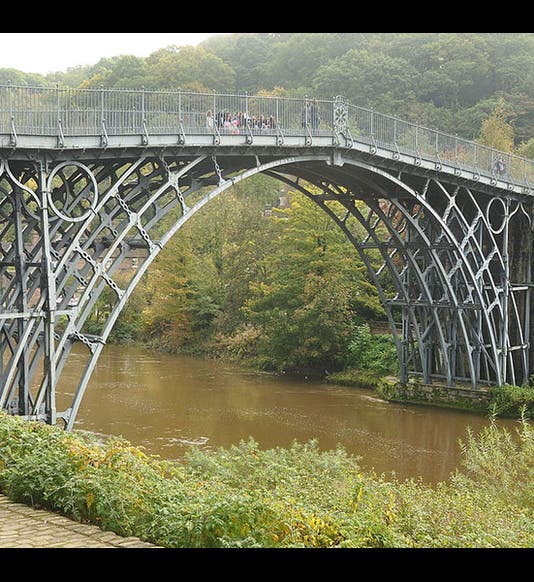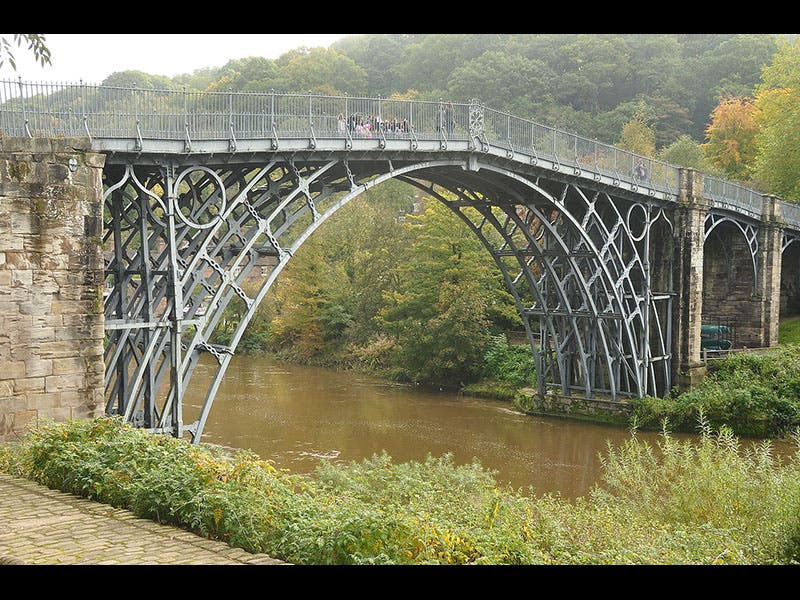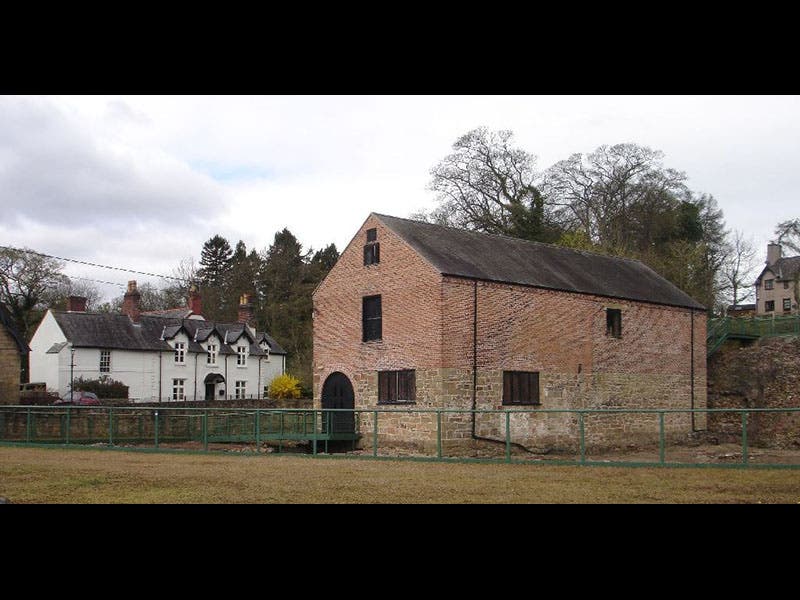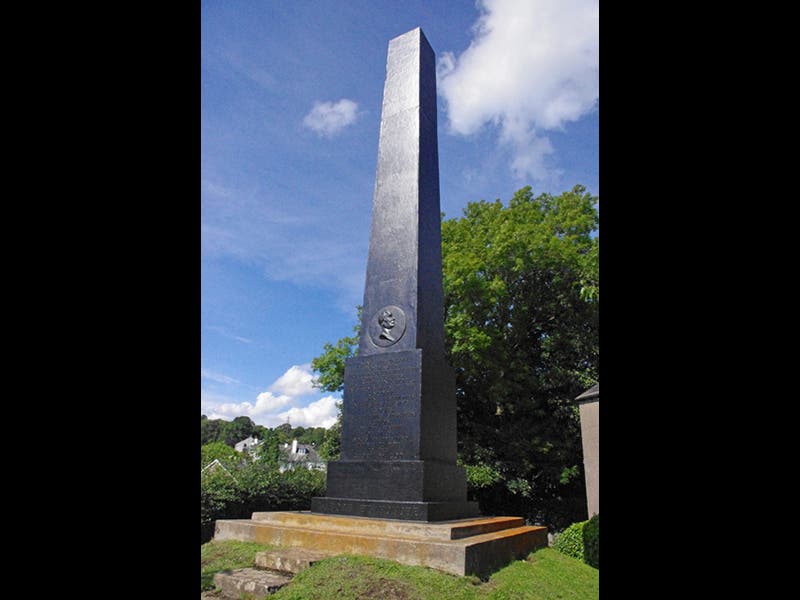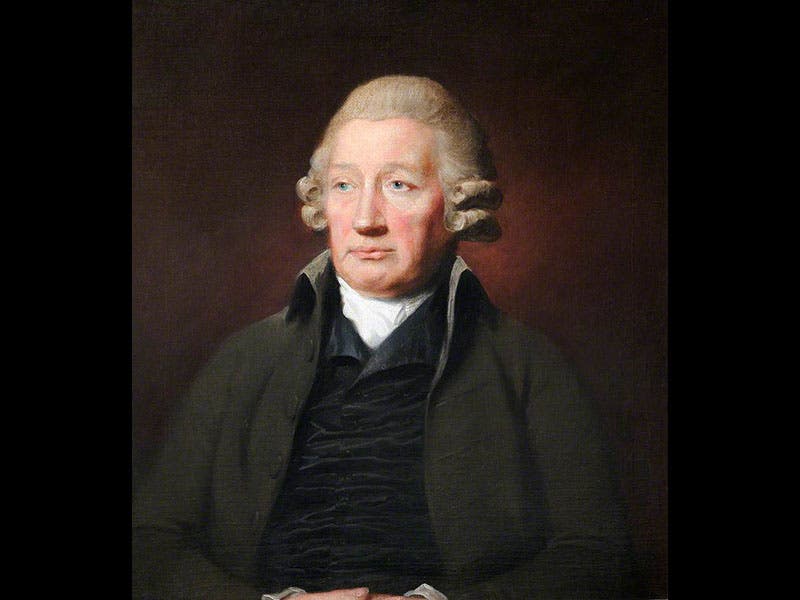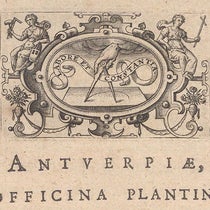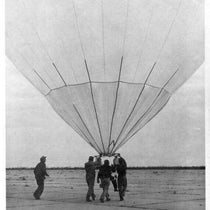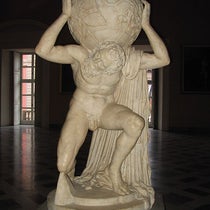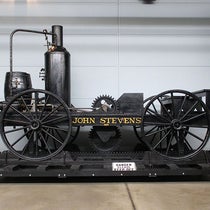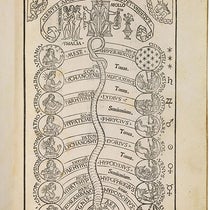Scientist of the Day - John Wilkinson
John Wilkinson, an English ironmaster and machine-tool maker, died July 14, 1808, at the age of 80. Wilkinson helped kick-start the industrial revolution in England when he established the Bersham Ironworks in 1762. Bersham is near Wrexham, which is on the English-Welsh border, about 30 miles northwest of Shrewsbury, Charles Darwin's home town. Wilkinson soon became one of the major iron providers in England, establishing production facilities in various industrial cities, including Birmingham. Wilkinson was one of the three men responsible for erecting in 1779 the first cast-iron bridge in the world, called appropriately Iron Bridge, spanning the River Severn just southeast of Shrewsbury (first image). A single building remains from the original Bresham works, but it does still stand, if barely (second image). Wilkinson was crazy about iron, and before his death, he had a cast iron memorial obelisk fashioned, which still survives in Cumbria (third image). He also had an iron casket made, but it has disappeared, along with Wilkinson's mortal remains.
Wilkinson was also one of the pioneers of the machine-tool industry, that is, the making by machine of tools for making other things. When James Watt invented the steam engine, he was unable to obtain steam-cylinders that were precisely bored and in which a piston would move snugly but freely. His eventual partner, Matthew Boulton, steered Watt to Wilkinson, who invented on request a massive boring engine that was then used to produce cylinders for all of the Watt-Boulton steam engines of the 1770s and beyond.
Wilkinson's brother-in-law was Joseph Priestly, notable chemist, religious dissenter, and political activist. Wilkinson, who grew very rich, provided Priestley with considerable funding, and also set Priestley's sons up in business, although they never amounted to much. He also provided Priestley with moral support after a mob, displeased with Priestley's sympathies with the French Revolution, attacked and burned his house in Birmingham (on this very day, July 14, 1791). Almost a hundred letters from Priestley to Wilkinson survive. Priestley's eldest son, ungratefully, destroyed all of Wilkinson's letters to Priestley after Priestley died.
There is a portrait of Wilkinson in the Wrexham County Borough Museum (fourth image).
Dr. William B. Ashworth, Jr., Consultant for the History of Science, Linda Hall Library and Associate Professor, Department of History, University of Missouri-Kansas City. Comments or corrections are welcome; please direct to ashworthw@umkc.edu.

